Design Features
Mural - a technique for painting on wet or dry plaster with paints and brushes. In the Middle Ages and the Renaissance, the painting method was used only on raw plaster, which after drying formed a film, which made the mural durable. Today, a fresco in the interior is called any wall painting with paints, with the help of brushes and an airbrush, which facilitates the installation work.
In the modern interior, you can find a fresco in different techniques and different patterns, which can be applied not only to the plaster, but also to another base. This design option is suitable for a classic interior, where all the canons of decoration and furnishing are followed, as well as for modern design.
Varieties of frescoes
Today it is not necessary to invite the artist to paint the walls, it is enough to order a modern mural, which in its composition has only natural components, such as sand mixture, lime, paints, adhesive mixture. The drawing can be made by photo or sketch. There is a large selection of frescoes for the interior, such as: on plaster, non-woven, on canvas, on self-adhesive and on a rigid basis.
On the picture interior with a thematic fresco from the life of the Middle Ages, which occupies two walls of a spacious dining room in a classic style.
Based on plaster
Stucco wall mural for classic interior. The technique is close to the creation of antique frescoes. It is made of plaster on the basis of the mounting mesh. Drawing is applied by paints. It is attached to the wall or ceiling with glue, the edges are decorated with plaster, so the pattern looks poured into the wall.
Non-woven painting
Painting on the non-woven fabric is carried out using a printer for photo wallpaper. After drawing a picture or photo, the image is aged. You can apply on slightly uneven walls using non-woven photo wallpaper technology. Such a fresco can be made on the entire wall with the landscape of distant Venice or Paris.
Fresco on canvas
This species is very popular. Plaster is applied to the canvas, then a drawing. After that, the method of artificial aging and waxing are applied. It can be made with an exclusive photo, or be standard, be framed or not. A fresco without a frame can be glued to the wall using wallpaper glue. Dust should be removed only in a dry way.
On the picture fresco, which in composition with arches creates an imitation of an open balcony. For such an interior, the walls should be neutral in color.
Self-adhesive
Self-adhesive fresco is produced using digital technology. On the finished photo of the right size, sand is applied on the front side and a self-adhesive film on the other. Such a mural can be glued to the worn and degreased surface of the ceiling or wall. It looks like a photo wallpaper and because of the thin thickness does not hide the defect of the walls.
On a tight basis
A painting is made on a rigid basis, which is limited in size (maximum parameter is 3x1.5 meters). It is printed on a hard prepared board, in the interior it can be framed, or simply glued to the wall.
Application of the finished mural and location
An elastic fresco, which is similar to a photo wallpaper, is attached to glue and looks organically with a wall, the option on a rigid basis will have protrusions like a picture.
Web application algorithm:
- To carry out preparatory work to level the wall surface, it should be smooth, to measure the mural and surface.
- Apply glue for non-woven photo wallpaper on the wall and the back of the painting, which will then become soft, so it is important not to break it.
- Glue and remove the bubbles from under the canvas. Irregularities will go away after drying.
Wall layout
Like photo wallpaper, a mural in the interior is most often used for wall decor. Its size can be of any format and shape, from square to ellipse. In a large room, it can occupy the entire wall.
Ceiling location
In order to decorate the ceiling, you can use the painting along with stucco made of gypsum, or polyurethane. The ceiling should be high so that it does not “press” the pattern onto the walls.
As a decor
As a decor, you can decorate the ledges, niches, columns. You can draw frescoes in the interior with the help of frames and moldings.
On the picture a fresco with a reproduction of Michelangelo’s Creation of Adam, which adorns a niche above the staircase. This option is suitable for a classic interior.
Features of application in styles
When choosing the size of the mural and its theme, you need to start from the size of the room, the arrangement of furniture and the style decision.
Modern
For a modern interior, a fresco with abstraction, geometry, simple stains with a transition of colors is suitable. Story images are also suitable, especially for children.
Classical
For classics, reproductions of world masterpieces of painting, image of flowers, still life are suitable. The color scheme remains neutral. Of all the types of painting suitable for canvas, plaster, on a rigid basis. White or gold frames play an important role in the classic interior, so you can use them.
On the picture a fresco based on stucco in pastel shades depicting a natural ensemble of the castle looks unobtrusive and gentle in a light classic interior.
Provence
Provence style can be emphasized with a color mural with pastel colors or a lavender field. Large images require a separate wall that will not be covered by furniture. The fresco will become the accent of the entire room, so it is important not to overload the interior with additional decorative elements.
Combination with other materials
As decoration materials, with which the painting looks good, there is plaster, matte paint, wallpaper, stone. Venetian plaster with the image looks harmonious and natural in the interior. Decorative plaster (liquid wallpaper) is also suitable. When gluing on non-woven wallpaper, you need to use high-quality glue. It is better that the wallpaper was without ornament and large pattern.
Design and image selection
By drawing, you can divide the room into zones or create an emphasis. Choose the theme of the image based on the style of the room. For the classic interior you can use famous paintings, stylized portraits from photos, historical panoramas, flowers, the face of the saint. You can also make an iconostasis from frescoes. For the ceiling, a picture of the sky with clouds, flying birds or angels is suitable.
On the picture the image of the sky and the moldings on the ceiling create an imitation of a window, make the interior airy. This design is suitable for low or dark rooms.
In a modern interior, abstract paintings are suitable, where the emphasis is on shape and color. Imitation views from a window or balcony overlooking the city or the beach are also popular. The pattern of branches and flowers can be either in pastel or in bright colors.
Decor in the apartment
Kitchen
For the interior of the kitchen and dining room, a still life is suitable, an imitation of the view from the window, fruits, floral arrangements. To create an emphasis on the dining area, you can apply a view of the forest, mountains, waterfall.
On the picture the fresco on the stone accent wall of the kitchen looks organically due to the successful selection of a picture and good artificial lighting.
Living room
In the interior of the living room you can use a picture with a plot, a photo of the old city, your portrait. In the classic living room, frames will be appropriate, and in the style of country - a fringing of stone. The color scheme should match the general concept of the room.
Bedroom
For the interior of the bedroom, a picture of clouds on the ceiling, angels, flowers in pastel shades, sea landscapes that will help to relax, is suitable. It is inappropriate to portray people or stories because of the bulkiness.
On the picture the wall at the head of the bed in the classic-style bedroom is decorated with non-woven painting and white polyurethane raised columns. The contrast with the color of the walls is harmoniously combined in the interior.
Hallway
For a narrow hallway you need to use a light mural along the wall. For the decor of the corridor without a window, an image of an open window with a view of the nature is suitable.
Children
In the interior, children's painting should be understandable to the child. It can be a plot of a fairy tale, a cartoon character. It is best that the fresco is opposite the bed, so that the baby looks at it before going to bed.
Photo gallery
The modified fresco is preserved as a decor and is popular in the interior. It is easy to work with modern murals without involving an artist. Author's decor or a fresco on a photo will create a unique interior. Below are examples of the use of frescoes in rooms for various functional purposes.

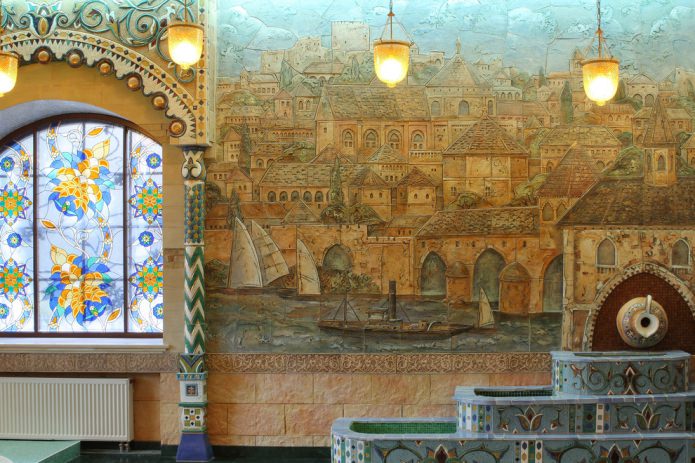
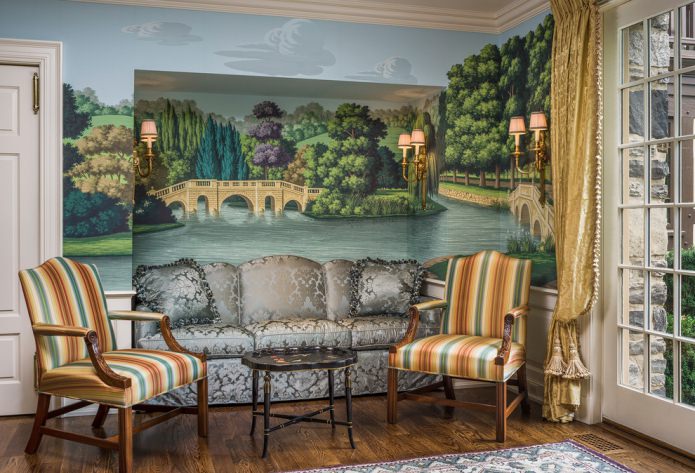
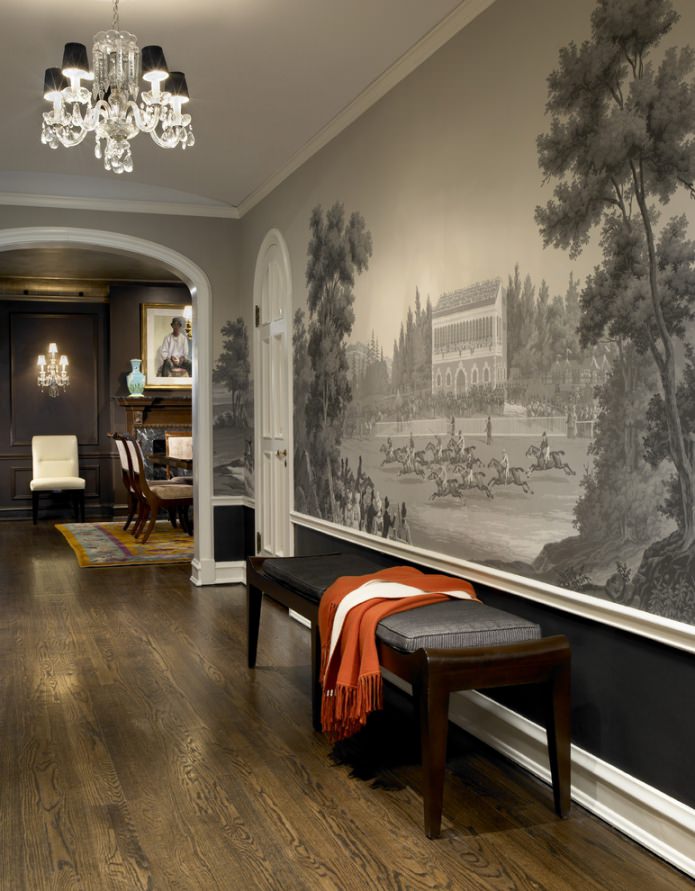
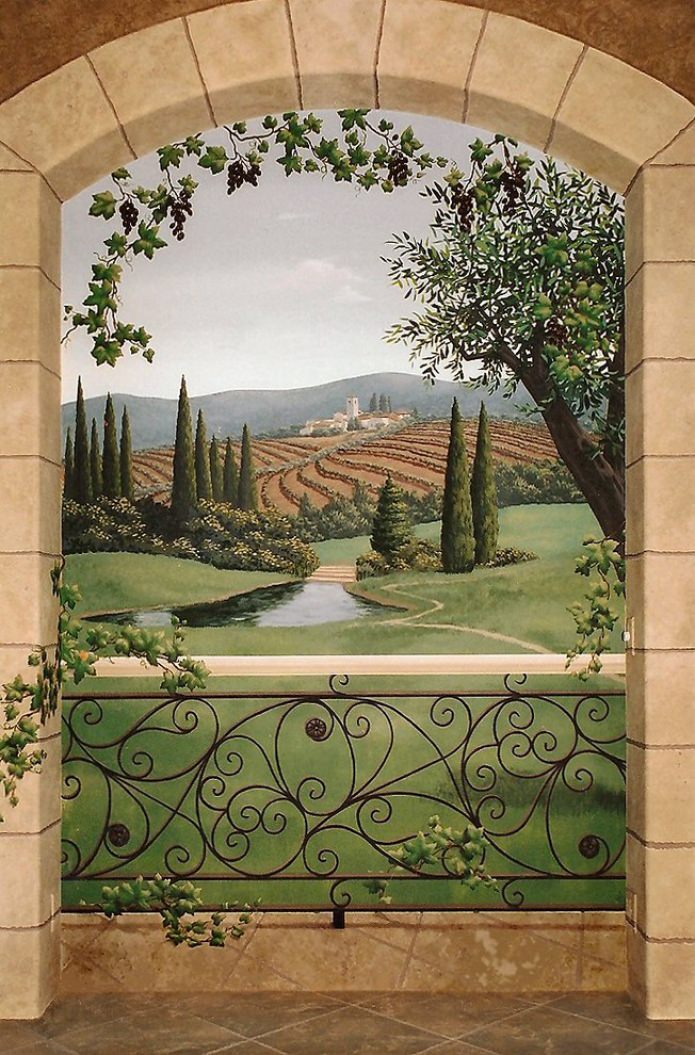
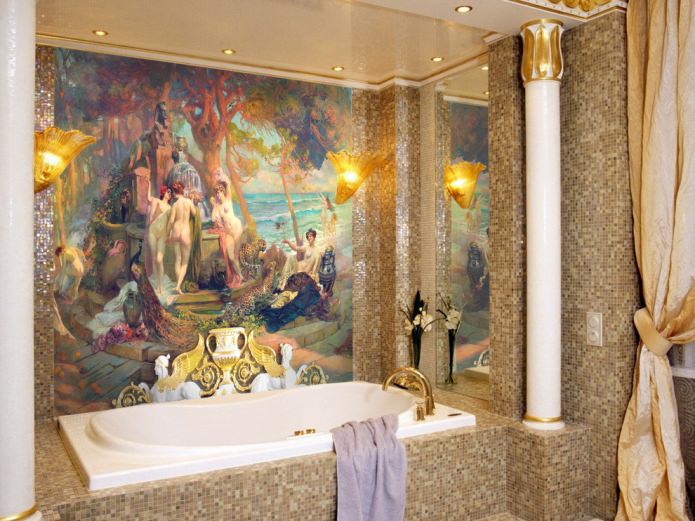
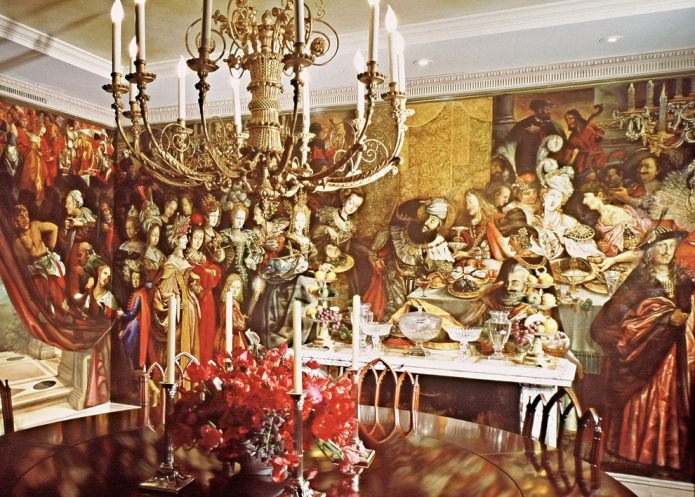
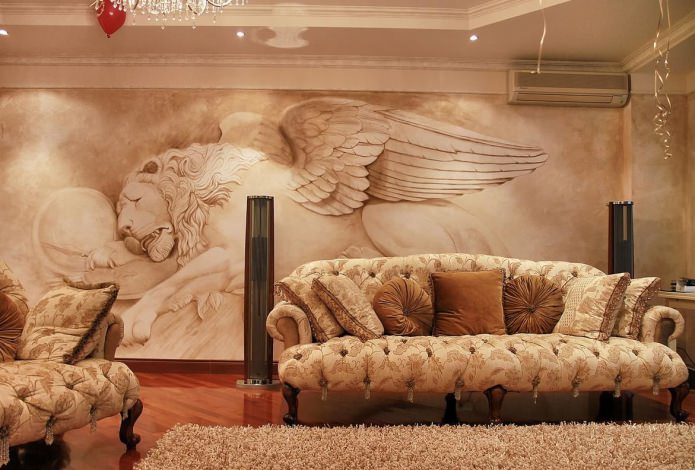
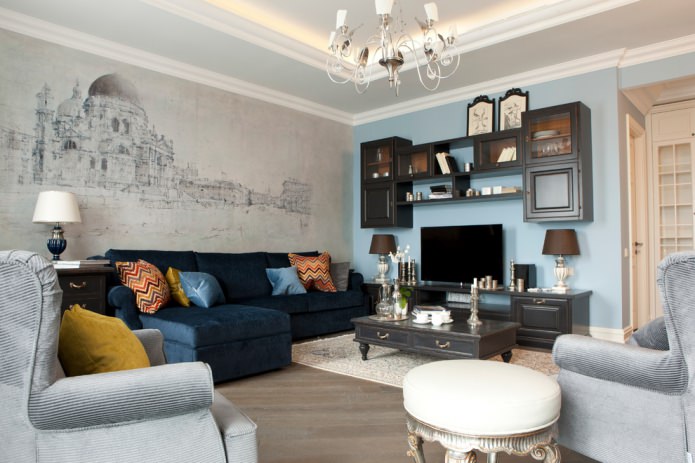
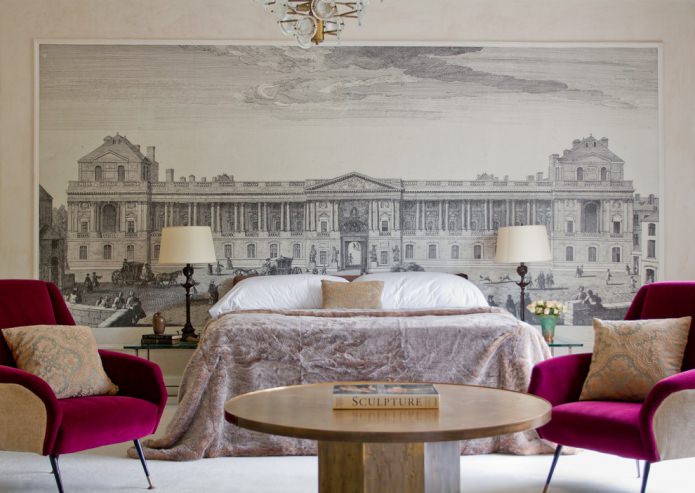
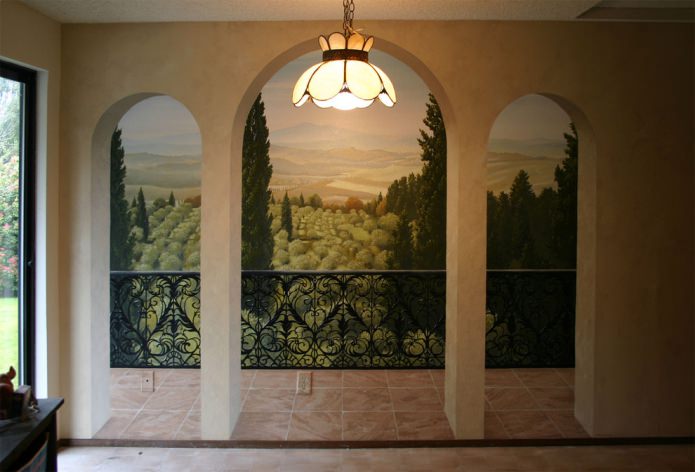
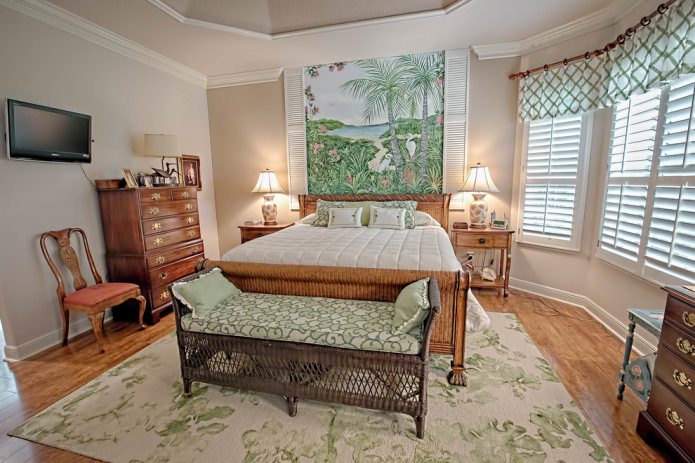
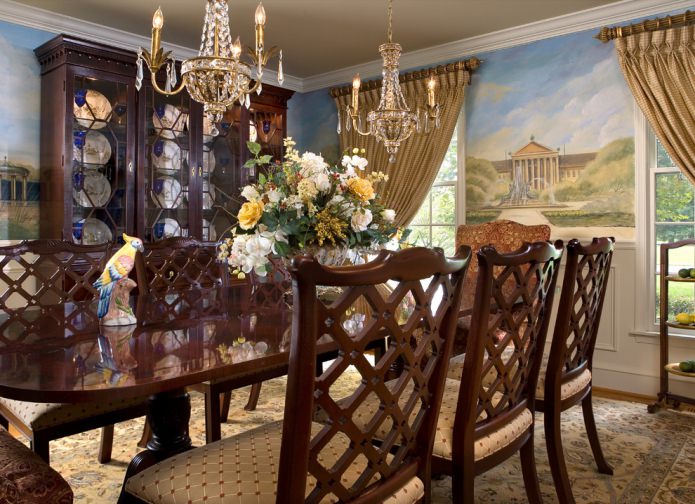
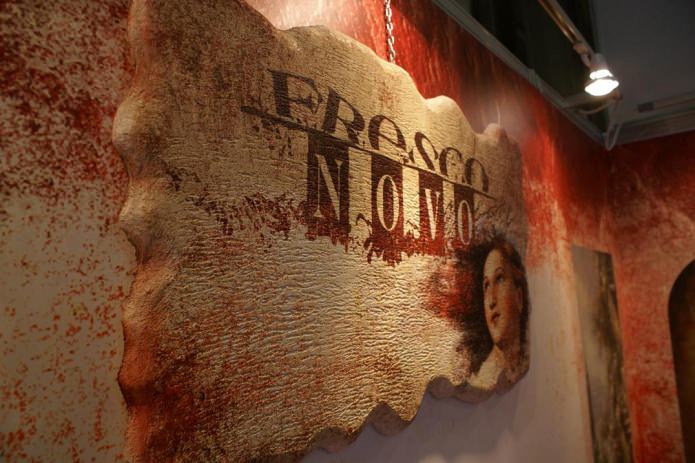

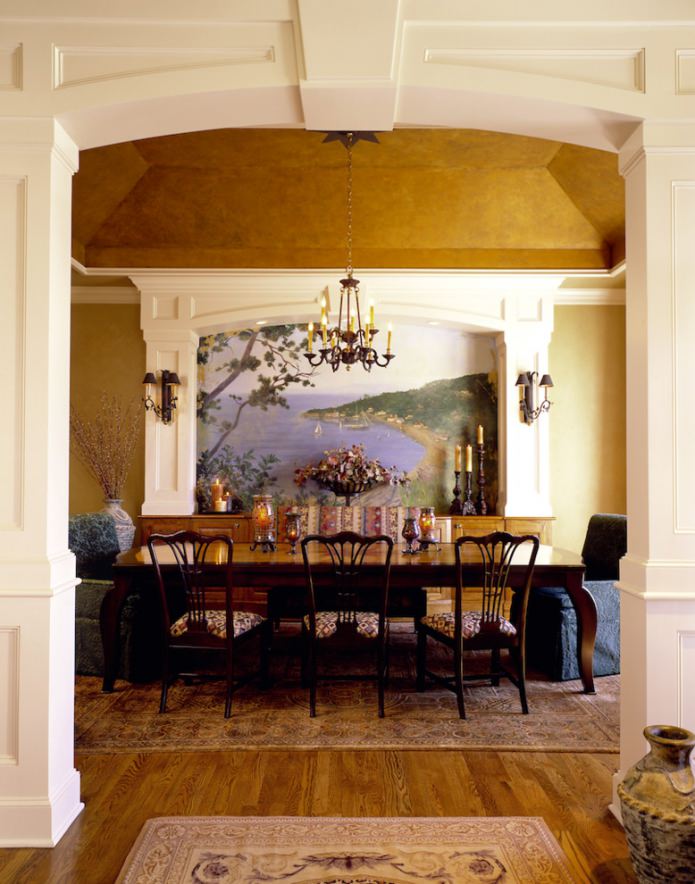
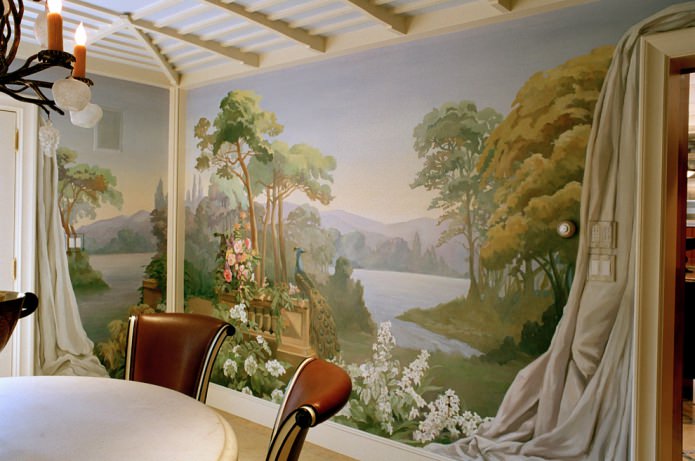

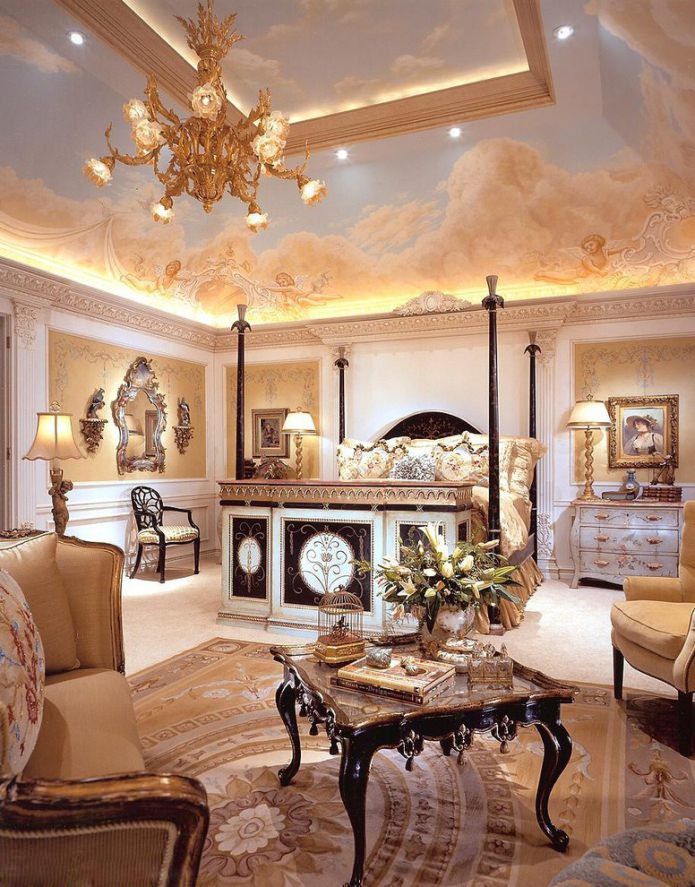

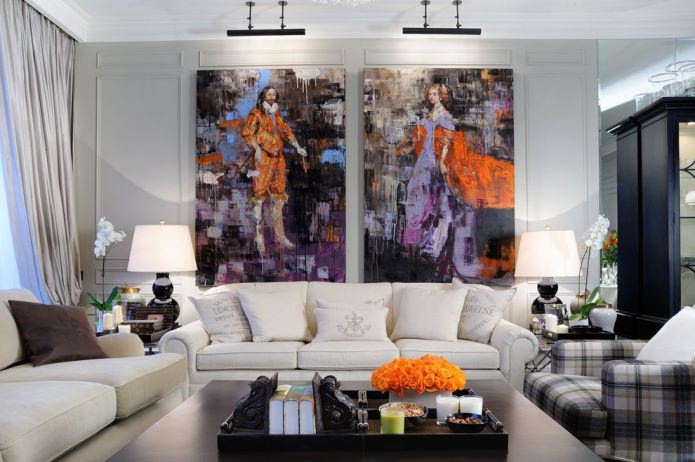
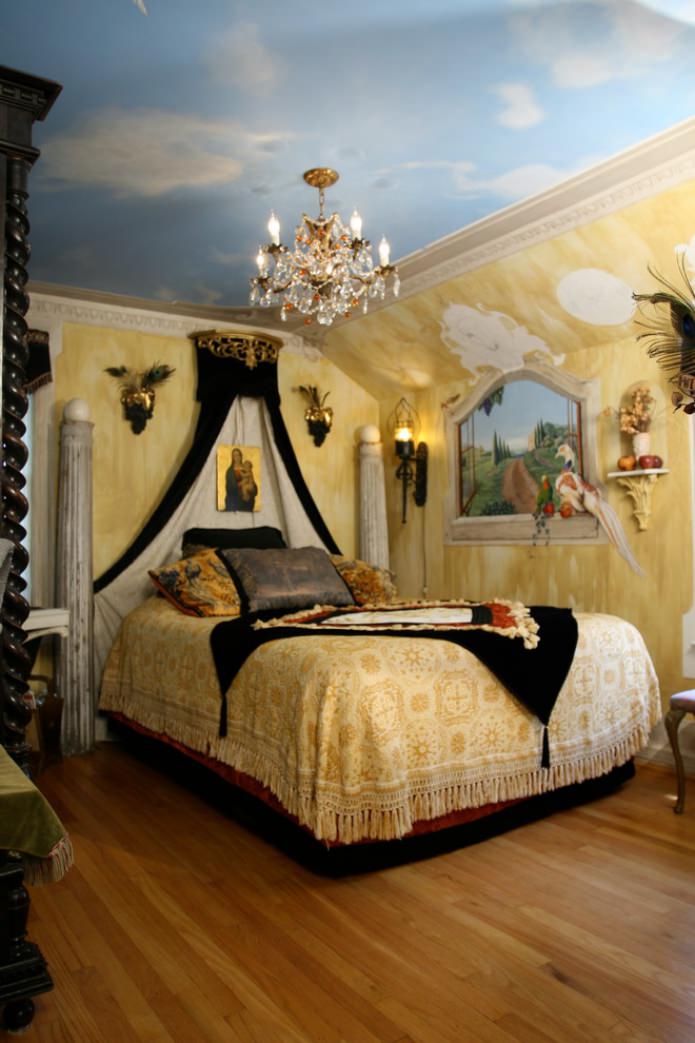
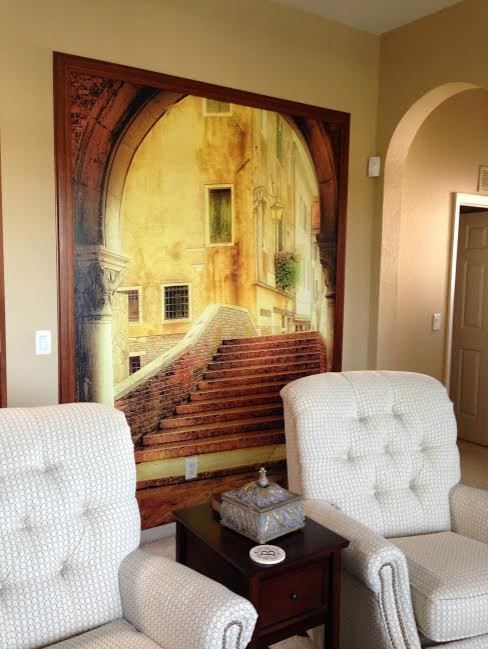
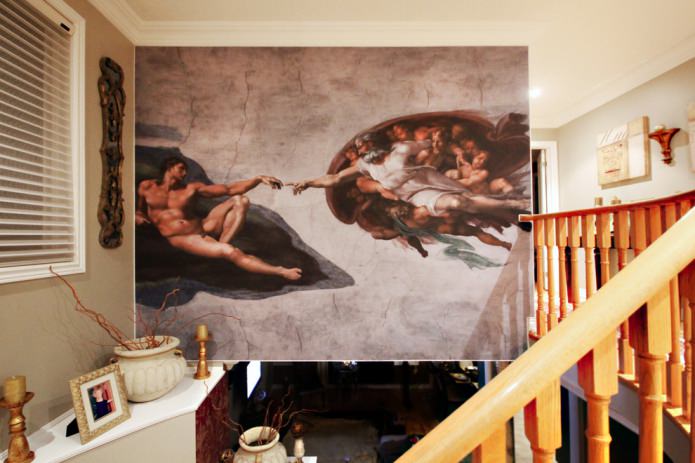
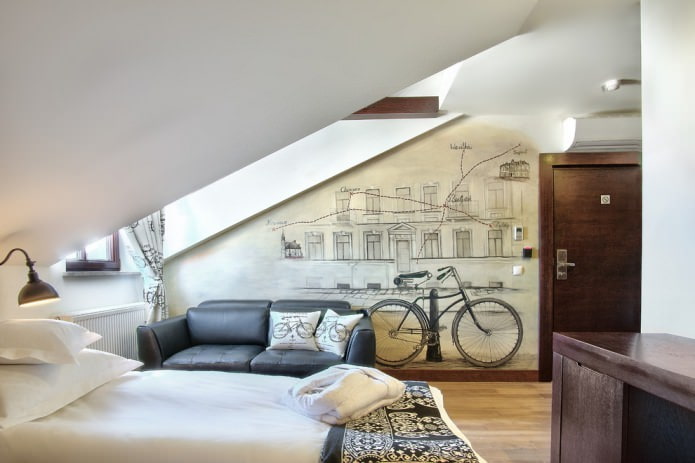
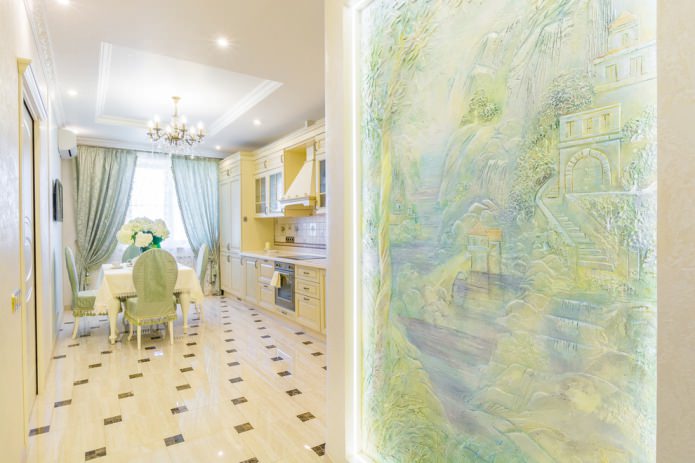
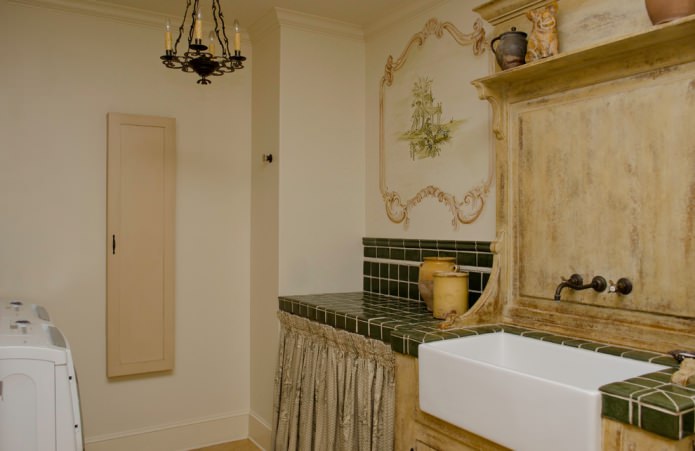
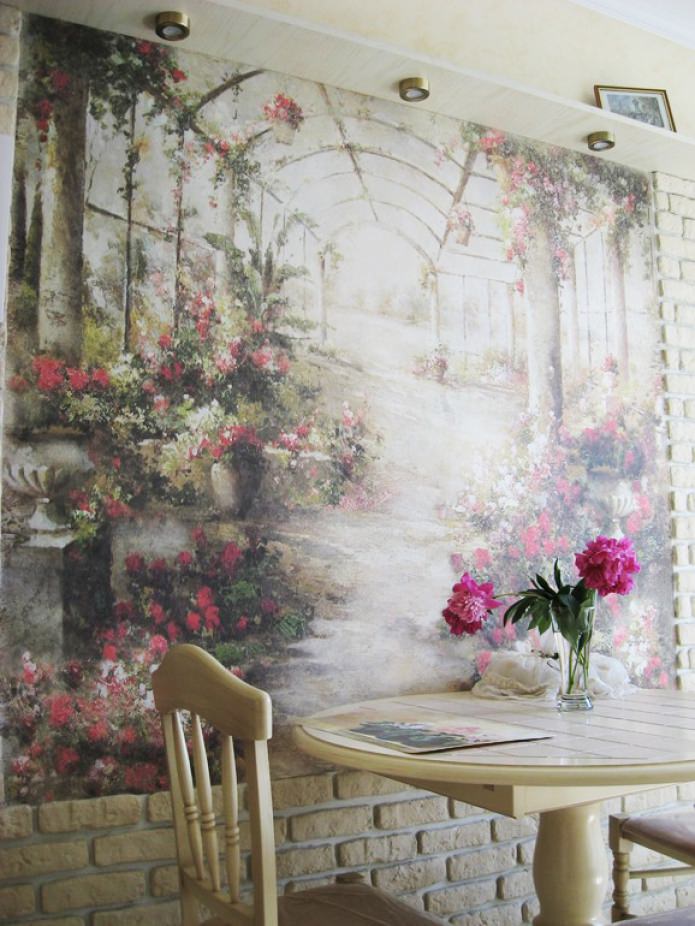
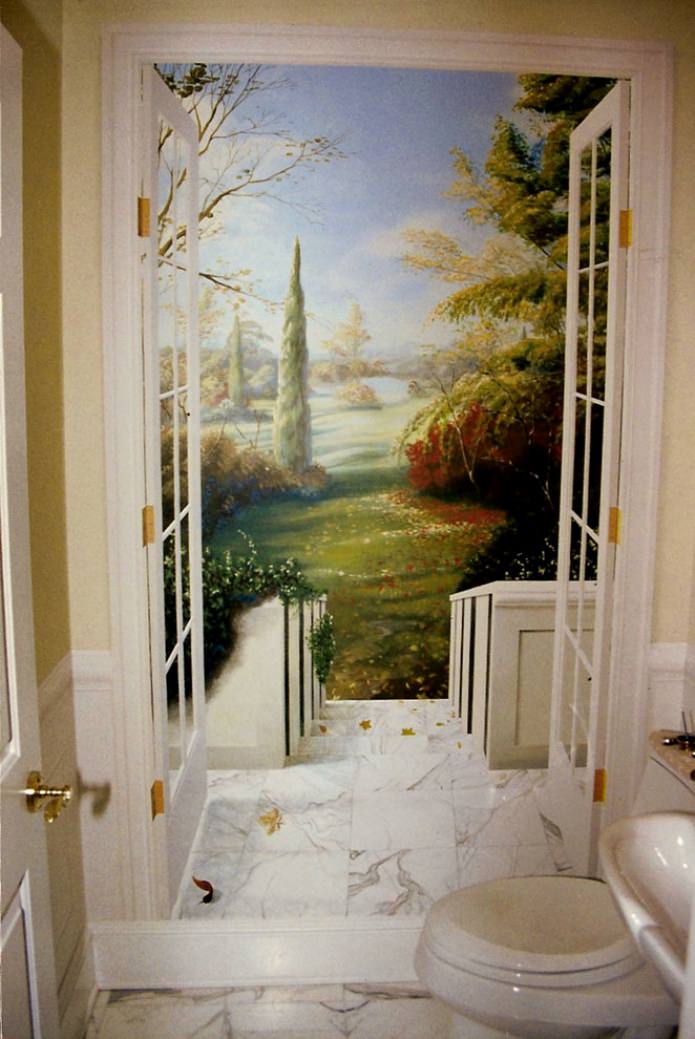
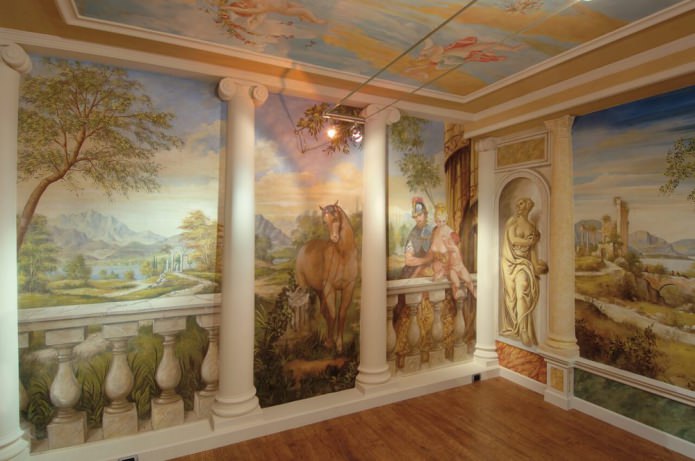
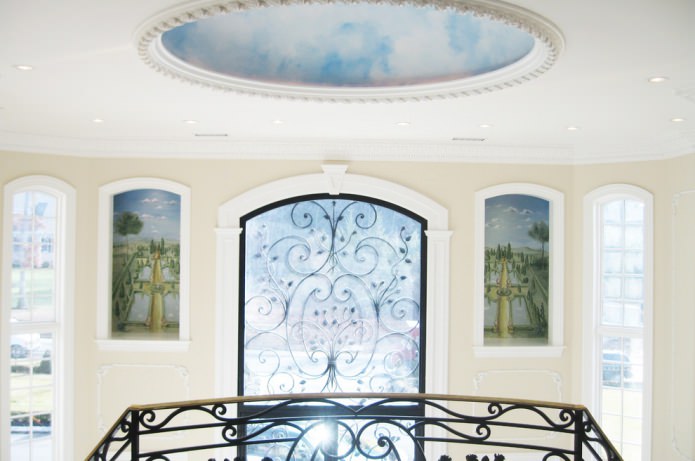
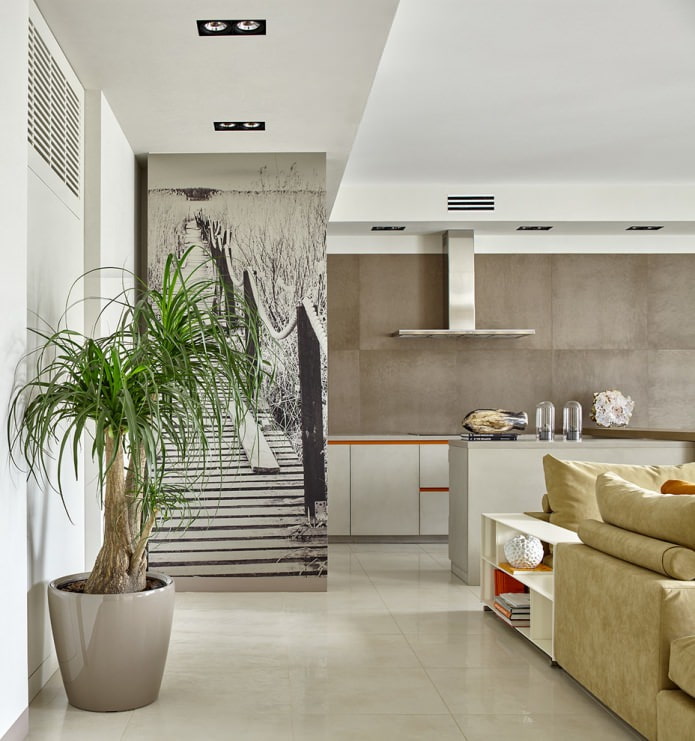

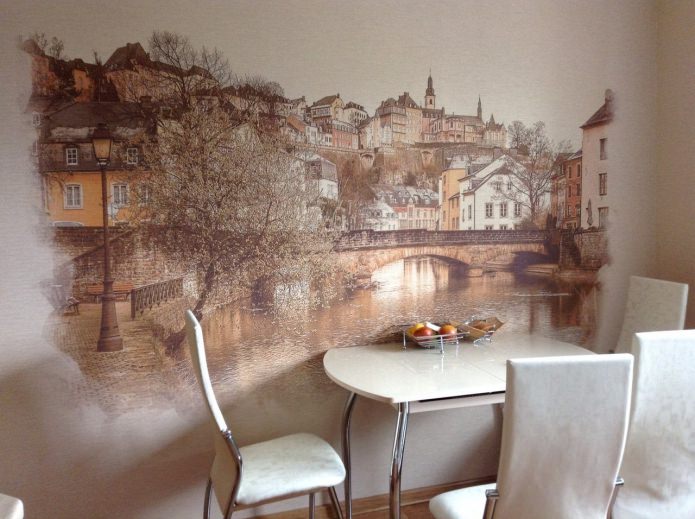
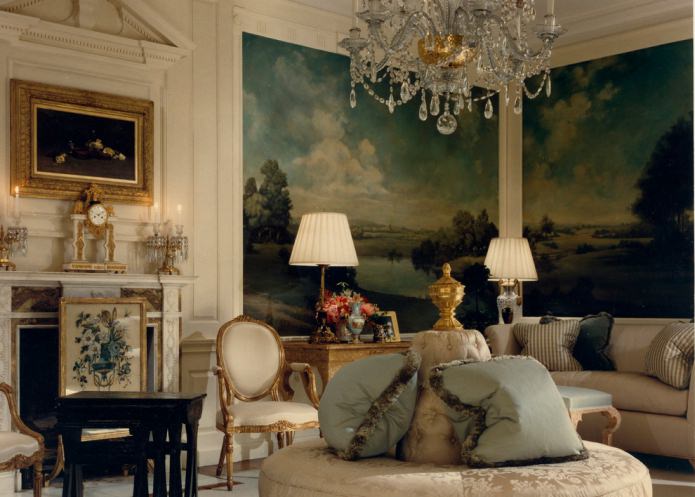
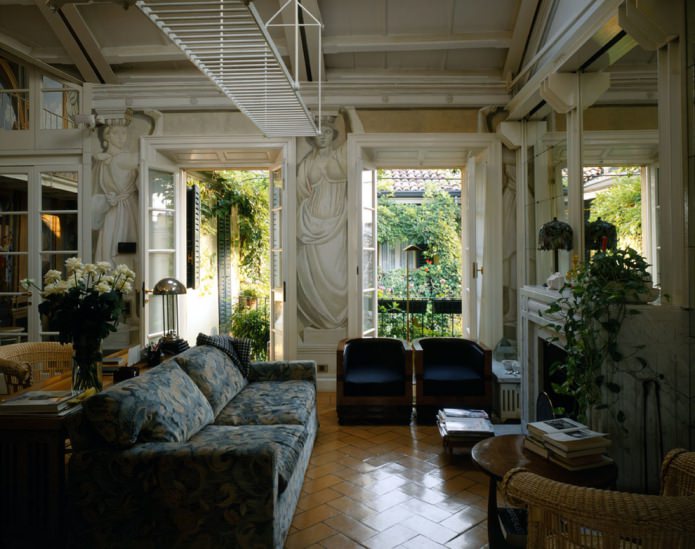
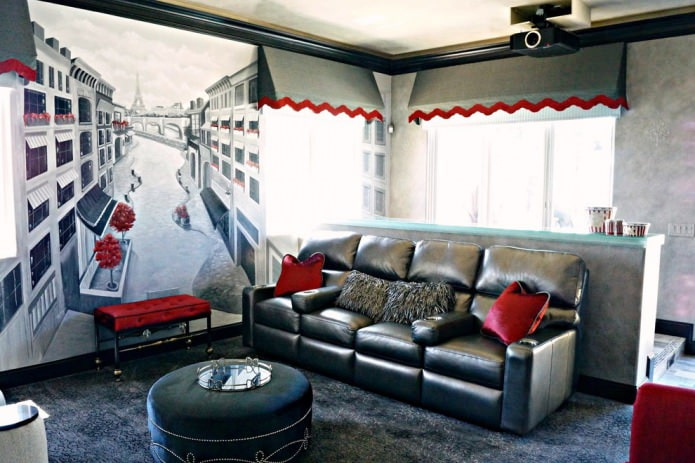
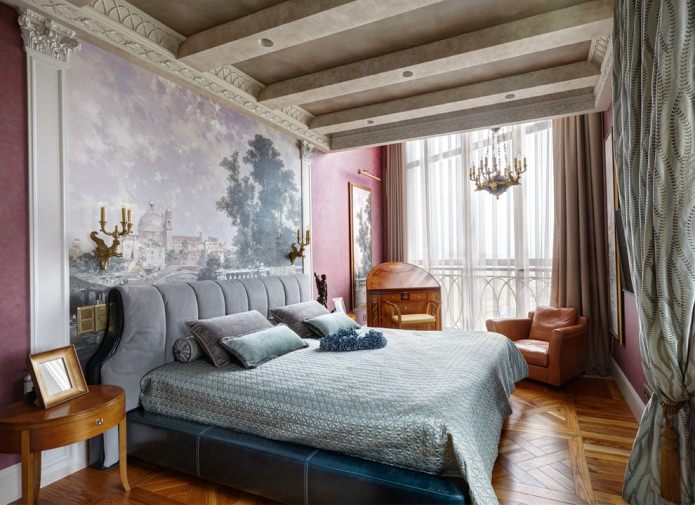
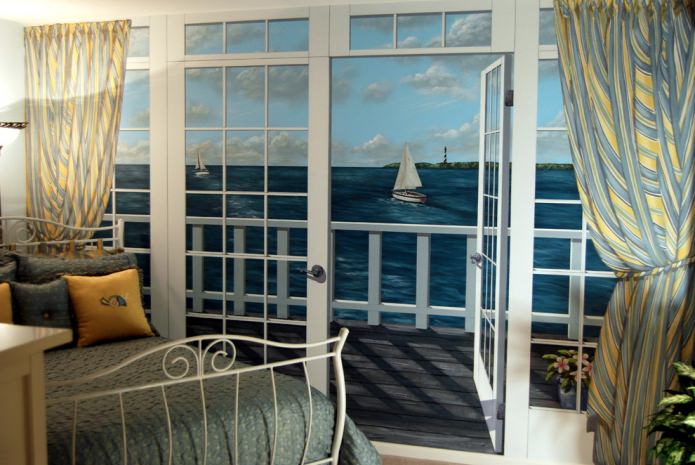
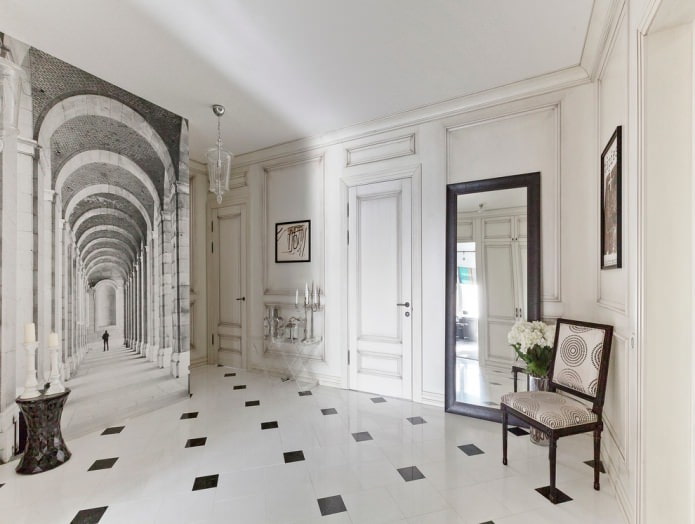
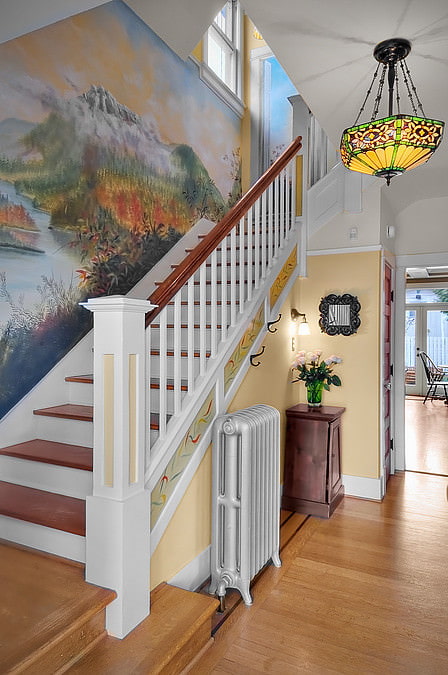

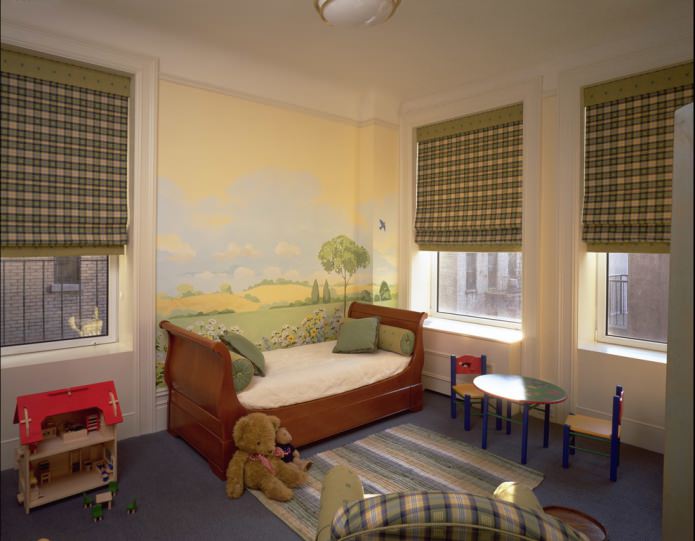
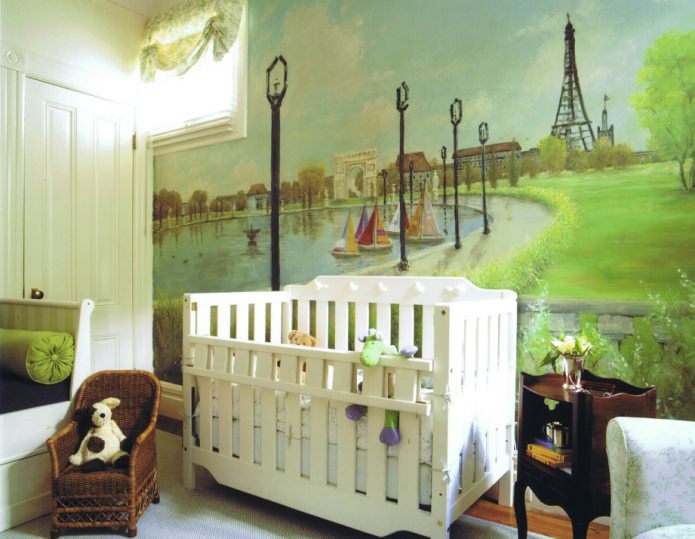
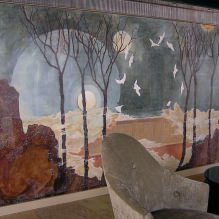
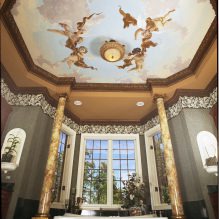
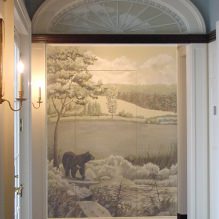
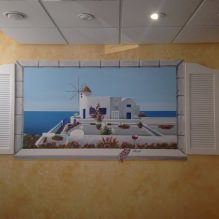


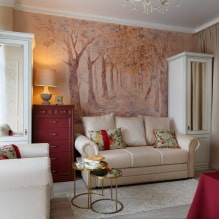
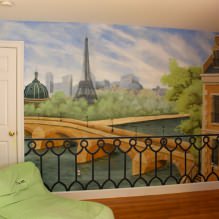
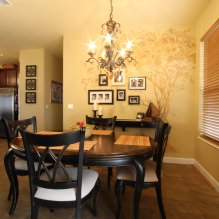
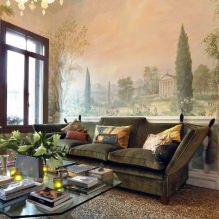
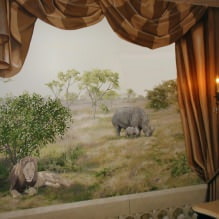
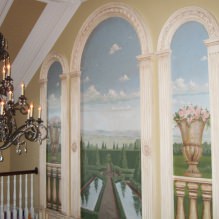
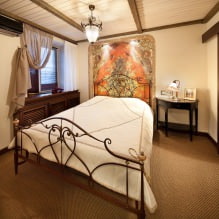
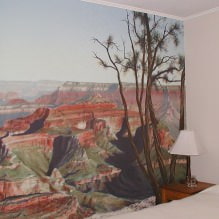
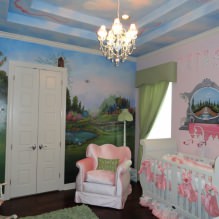
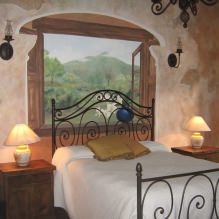
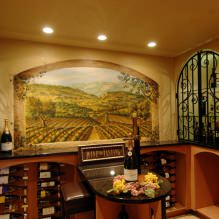
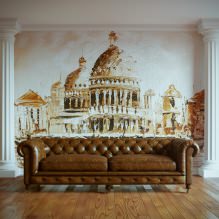
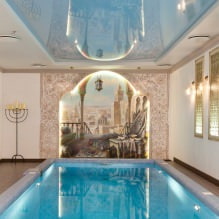

 Top 10 Trends in Interior Design 2020
Top 10 Trends in Interior Design 2020 Rating of cheap TVs with Smart-TV
Rating of cheap TVs with Smart-TV New Year's LED garlands on AliExpress - we disassemble while it is hot so that the house is bright
New Year's LED garlands on AliExpress - we disassemble while it is hot so that the house is bright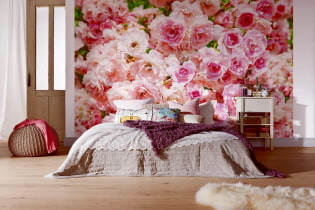 Wall mural with flowers in the interior: living wall decor in your apartment
Wall mural with flowers in the interior: living wall decor in your apartment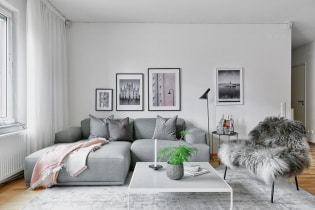 Gray sofa in the interior: views, photos, design, combination with wallpaper, curtains, decor
Gray sofa in the interior: views, photos, design, combination with wallpaper, curtains, decor Interior in peach tones: meaning, combination, choice of finishes, furniture, curtains and decor
Interior in peach tones: meaning, combination, choice of finishes, furniture, curtains and decor